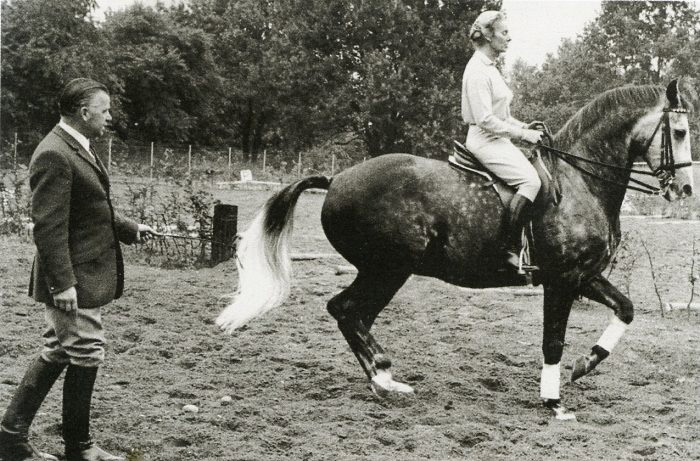I’ve been riding dressage for a while now and I have to say that I am confused on what hand position is biomechanically correct.
Admittedly, I’ve been out of the game for a few years, so maybe some things have changed; however, I’m seeing a number of dressage coaches advocate for low hands (by the wither) and sometimes wide.
I recently did a clinic with a dressage coach. I have done clinics with this coach in the past on my own horse and because of my horse’s particularities, the low/wide hands didn’t work great for him…he ended up taking better to a classical french method, but maybe that was a one off? I never liked how this coaches horses appeared behind the bit, BUT this coach does have a really great eye and is a judge themselves. This coach was saying that new information is coming forward that lower hands are better because it helps the hind end connect more?
This particular coach wants low hands and the rider to sit further back (on pockets, rather than seat bones). Now, I can adapt and ride this way, but it is a bit unnatural to me to use my core in this position. In this case, I’m riding a green horse and because of some things, the horse was wanting to be quick. I DO think this position helped in this case to help set her back.
But, on the general, low hands? Is this biomechanically correct? Sitting on the pockets and a bit behind the seat bones? A case by case scenario? The availability of dressage instruction is fairly limited in my area and we don’t really have any classically based instructors around, so I’m curious if the notion of hand position is changing or if this is a competition-based habit that has come forth.

